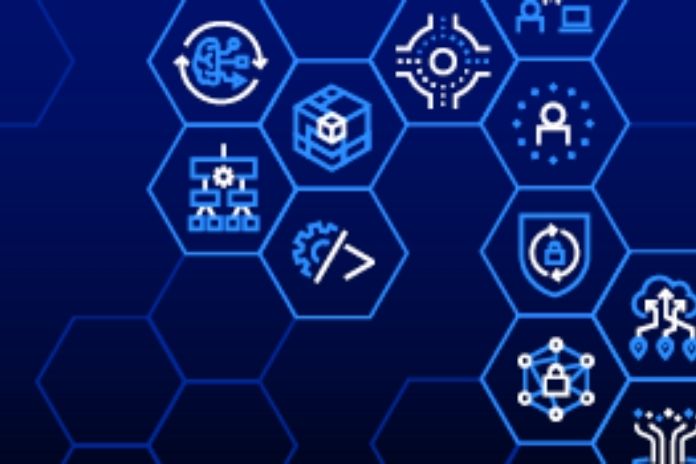Smartphone Cyber-Attacks: Due to the practicality of using smartphones, new business applications are made available daily through this type of device.
Thanks to this, its use as a work tool, which had grown substantially yearly, became common practice after the pandemic.
As a result, according to market research, the number of cyberattacks on mobile devices has more than doubled in the last year. Adding to this the incidence of robberies, thefts and other situations in which the device is lost and can be handled without authorization, an increasingly frequent question is whether companies need to protect their employees’ smartphones.
With that in mind, we have prepared this article to address this relevant issue. Follow us and check out how to ensure the best smartphone protection!
The Importance Of Security On Mobile Devices
How much confidential data do your company’s employees store on their smartphones? How much of this information could cause significant corporate damage if stolen? Indeed, this damage would be substantial, much more important than we can imagine, so we must treat this equipment with special attention.
The issue is that it has become impossible not to use mobile devices for work activities. And even though protection measures are taken for the corporate network as a whole, it is essential to consider that this type of equipment is often used in networks outside the company.
After all, cyber attacks reach your mobile device through the most different means: public Wi-Fi networks, malicious links (sent via email, instant messaging applications, text messages, etc.), use of infected USB devices, and fake applications, among others.
The Primary Layers Of Smartphone Protection
Although unknown to many users, every smartphone comes with some essential layers of security, as we’ll show you below.
User Protection
It is increasingly common for cell phones to have a biometric reader to ensure secure access. With this, a user can increase his level of protection by changing the traditional access passwords for this personal authentication method.
This type of technology guarantees that only the device owner can access it, thus preventing information theft in cases of device loss.
Device Protection
Many smartphones have a tool that allows remote wipe of data. If the device is lost or stolen, it is possible to send a remote command to wipe all sensitive data from the device. This must be done as quickly as possible and is essential for protecting sensitive information.
Data Protection
To prevent data stored on the smartphone from being transferred to unauthorized networks, such as home networks, there are specific tools for data protection.
Thanks to this tool, users cannot transfer sensitive data to other devices, which can prevent information theft in cases of device theft.
Application Management
By default, each device’s operating system prevents applications from accessing essential system resources (calendar, location, camera, among others), allowing such access only with the user’s explicit authorization. Before granting such permission, be sure of the application’s origin and that the requested access is relevant to your activity.
Additionally, the installation of applications not published in the official stores of the operating system manufacturer is also allowed after the user’s express authorization. Avoid installing unknown applications, thus reducing the installation of malicious applications.
Additional Layers Of Protection
As much as native technologies help prevent cyberattacks, some additional layers of protection are needed to combat this growing threat. We list some of them below:
Antimalware Protection
There are specific anti malware for smartphones. They are essential to identify threats, alert the user about possible malicious links and offer an overview for the IT team to identify potential attacks, but they must be constantly updated.
Data Protection And Enterprise Applications
Considering that most smartphones used to access corporate systems belong to the employee and not the company, another fundamental layer to guarantee corporate information security is the protection of data and business applications. This type of solution creates a “container” for all corporate applications, saving their data in an isolated and encrypted way. Thus, a malicious user or an unauthorized person could not extract information from other devices or even other smartphone areas.
Practices To Ensure Protection
Ransomware, spyware and phishing are among the principal attempts to attack smartphones. And to avoid these risks that arrive by so many different means, it is necessary to follow a series of practices, offer training and be constantly attentive when new invasions appear.
Access Only Trusted Networks
Public networks are known to be dangerous for mobile devices. They maintain several loopholes that allow criminals to break into smartphones and access sensitive data.
Use Traceability Features
Tracking features allow you to access the device’s location in real-time. And this is especially important in cases of loss or theft. In addition, they help block attempts to access sensitive data.
Be careful when connecting the device to other computers. It’s common for people to try to connect their device to a computer to charge the battery or transfer files, but this is a point that needs a lot of care. This is because if the computer is infected, it can pass malicious code to the device.
Always Offer General Guidelines
All employees must be continuously trained on the principal risks of misuse of mobile devices. Offering rules on installing applications, accessing unknown links, and sending login data via email, among other points, is essential to protect the company’s and employees’ sensitive data.




